Should baristas use different paper filters for different roast profiles?
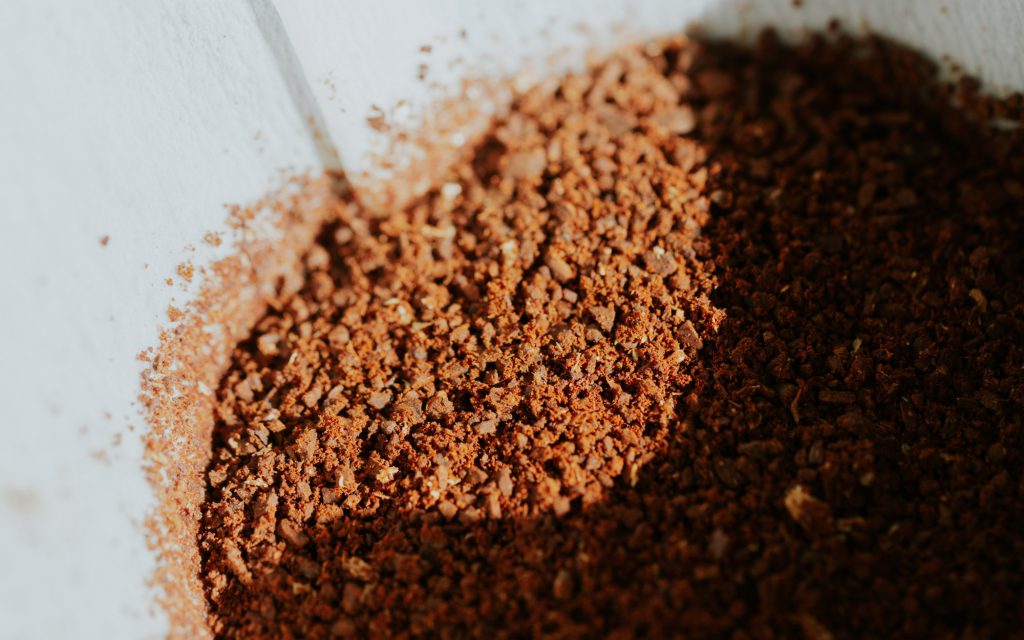
When it comes to brewing filter coffee, there are a seemingly endless number of variables to consider. Dose, yield, water temperature and quality, grind size, and total brew time are some of the most common, but what about filters?
For many coffee professionals around the world, paper filters are a clear preference. This is because they tend to result in cleaner-tasting coffee with more vibrant flavours than other materials. However, with a variety of paper filters available on the market, it can be tricky to know which one is best for a particular coffee.
To add to this, different roast profiles also extract at different rates. In turn, we need to ask: should we be paying more attention to which type of paper filters we’re using with particular roast profiles?
To find out, I spoke with Sara Gibson and Ola Brattås. Read on to find out what they told me.
You may also like our article on choosing the best paper filter for your pour over coffee.
How does roast profile affect extraction?
Before we go into different types of paper filters, we first need to look at how roast profile influences extraction.
A roast profile is essentially a set of parameters which define how a particular coffee is roasted. The three most important parameters or variables when roasting coffee are:
Temperature
Airflow
Time
For a roaster to achieve the best results from a specific coffee, they first need to determine a number of factors about that coffee. Some of these include:
Bean density and hardness
Moisture content
Screen size
Origen
Processing method
Desired sensory profile
A thorough understanding of these factors allows roasters to know how a certain coffee will develop during roasting. In turn, they will then also understand how to best control temperature, airflow, and time to optimise roast profile – and get the best results in terms of flavour, aroma, and mouthfeel.
Although there are no formal industry standards for different roast profiles, we largely classify them as light, medium, and dark. These are based on a number of measurements, such as AgTron or temperature. Every roaster will adhere to different standards and specifications according to roast level.
Sara Gibson is a co-founder of Sightseer Coffee Roasters and the Rising Tide Roast Collaborative in Austin, Texas. She explains how roast profile affects the rate of extraction.
“The longer a coffee is roasted, the more brittle and porous the beans become,” she says. This increases solubility, which means it’s easier to extract the coffee.
“However, you can roast coffee to the point that the beans lose so much soluble mass that solubility actually starts to decrease,” she adds. “So, if you want to extract coffee at a faster rate, you should roast to a darker profile.”
Looking at different types of paper filters
Paper, metal, and cloth are the three most common filter materials for brewing coffee. And while preference varies between industry professionals, many baristas and home brewers opt for paper filters.
However, types of paper filters can range widely – varying in size, shape, thickness, materials, and even quality. Despite these nuanced differences, many people overlook the important role that paper filters play in coffee extraction.
Several raw materials are used to manufacture filter papers, from mineral fibre pulps and fibre crops to softwoods and hardwoods. Fibre length generally dictates the porosity of paper filters, which has a huge impact on the compounds and oils extracted from coffee.
Ola Brattås is the roastery and import manager at Kaffebrenneriet in Oslo, Norway. He is also the co-founder and general manager at Os Tableware, which manufactures coffee and tea equipment.
“Longer fibres extract sweeter flavours,” he tells me. “They can also enhance mouthfeel.”
Out of all the common raw materials used to manufacture paper filters, bamboo and abaca (also known as Manila hemp) have the longest fibres. This means they are more porous, so extract more oils in the cup – emphasising mouthfeel and prolonging aftertaste.
Furthermore, paper filters are available bleached or unbleached. The former are white in colour, while the latter are brown and can impart papery flavours and aromas in the cup – especially when not rinsed properly.
According to Ola, bleached paper filters lead to better results.
“Although unbleached paper filters are more sustainable, they tend to add undesirable flavours to coffee,” he says.
What’s more, unbleached filters tend to be harder to work with because their fibres are more closely knitted together. This makes them more dense, which prolongs the drawdown period – meaning it’s easier for less experienced baristas to lose clarity and vibrance in the coffee.
Do you need to use different filters for different coffee roast profiles?
Based on what we know about paper filters and how roast profiles extract, it’s evident that there are benefits to using different filters for different roast profiles.
First and foremost, no matter which roast profile you prefer, you should always be using high-quality paper filters. It’s advised to buy filters from reputable brands and retailers to make sure they are of the best possible quality.
Paper thickness and density
Arguably, the two most important factors to take into account when choosing which paper filter to use for a specific roast profile are thickness and density. Although a paper filter can be thick, it doesn’t necessarily mean that the fibres are closely knitted together – which is an indication of density.
Filters which are both thinner (around 0.15mm) and denser are often more suitable for lighter roasts. This is because they tend to prolong extraction time and retain more fines – meaning you have greater clarity in the cup, while making sure your coffee isn’t underextracted.
Conversely, paper filters which are thicker (between 0.22mm and 0.28 mm) and less dense are usually better suited to medium and darker roast profiles. As the fibres are less closely knitted together, the thickness of the filter doesn’t lead to extended extraction times – creating more overall balance and helping you avoid overextraction.
However, Sara points out that thicker papers will absorb more oils than thinner ones.
“This will minimise the body in the cup,” she says. “Considering that most consumers who prefer dark roasts are looking for bolder flavours and aromas, thicker paper filters might not be the best option for these roast profiles.”
Light and medium roast profiles are less soluble than dark roasts – and therefore harder to extract – therefore you need to brew them using water set at higher temperatures. Similarly, you will also need to grind them finer than dark roasts.
In terms of paper filter material, many expert baristas choose abaca-based filters. This is largely because they don’t impart papery flavours and create less resistance during extraction – making them ideal for light and medium roast profiles.
Is there a market for this?
Ola believes that it could become more common for roasters and baristas to recommend using certain types of paper filters with particular roast profiles. Moreover, he thinks it would work well with particular customers or wholesale clients who are interested in achieving a certain flavour profile from a specific coffee.
“It could be an interesting way of separating your roastery from competitors,” he tells me.” “Along with suggesting a certain coffee, you could also recommend a particular kind of paper filter.”
In fact, some manufacturers already produce specific paper filters for different roast profiles. The shape of these filters, as well as the thickness and density, are designed to achieve the best results from each roast.
However, Ola emphasises that other brewing variables play a more prevalent role in coffee extraction.
“Controlling grind size, water temperature, and pouring technique are generally more important considerations,” he concludes.
When it comes to choosing a paper filter for a certain roast profile, there’s no one-size-fits-all approach. However, at the same time, it’s clear that using different paper filters will lead to different results in the cup.
Ultimately, this means accounting for roast profile is clearly important. But with other variables arguably having more influence over extraction, factoring these in is crucial, too.
For those wanting to experiment more with paper filters, trying out different thicknesses, materials, and densities is a great starting point.
Enjoyed this? Then read our article on how filter basket shape affects the flavour of your coffee.
Perfect Daily Grind
Want to read more articles like this? Sign up for our newsletter!
The post Should baristas use different paper filters for different roast profiles? appeared first on Perfect Daily Grind.
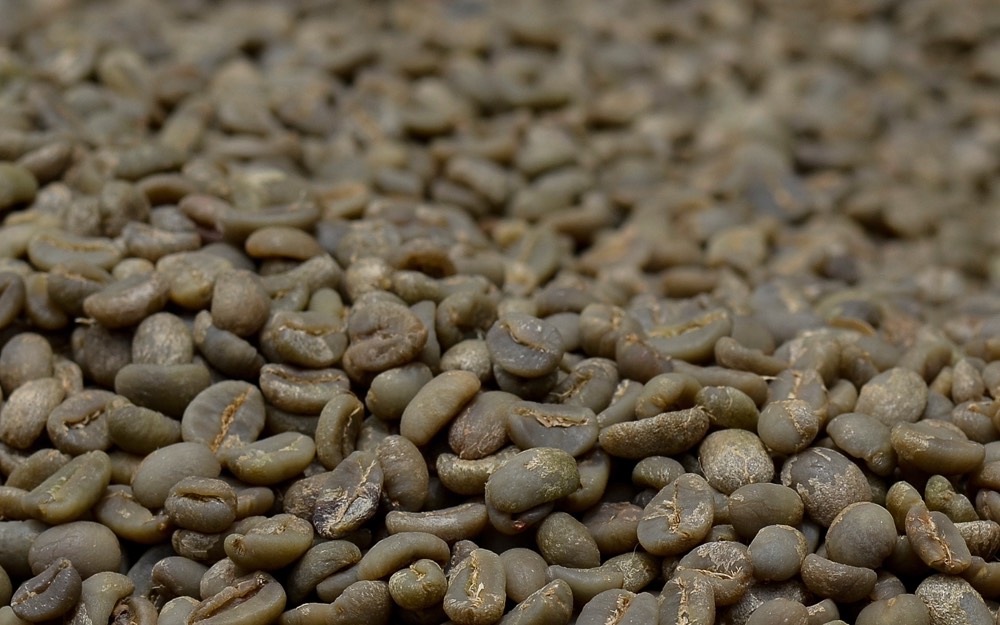
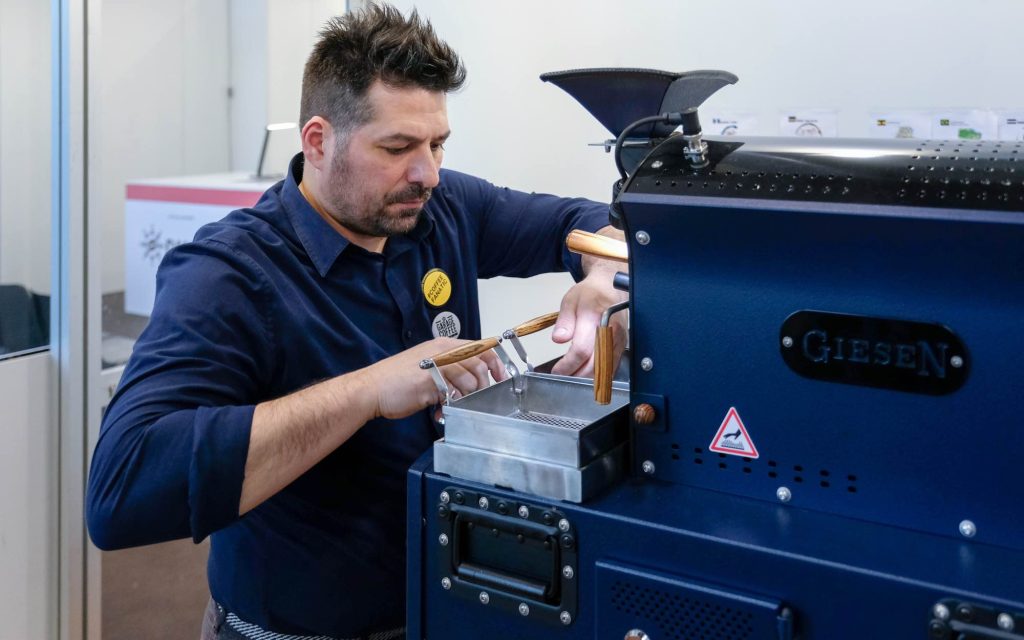
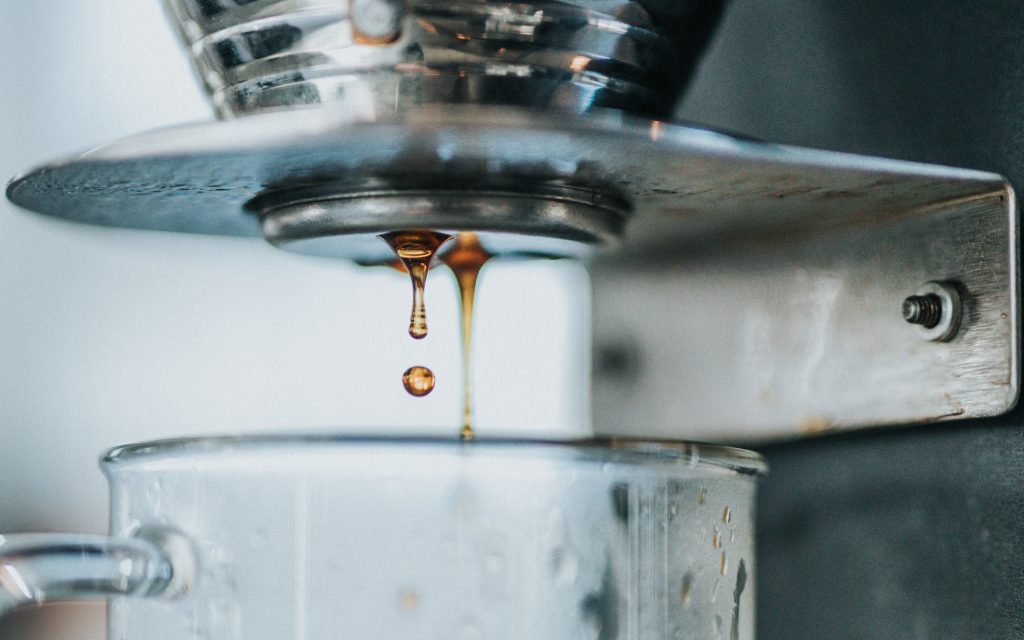
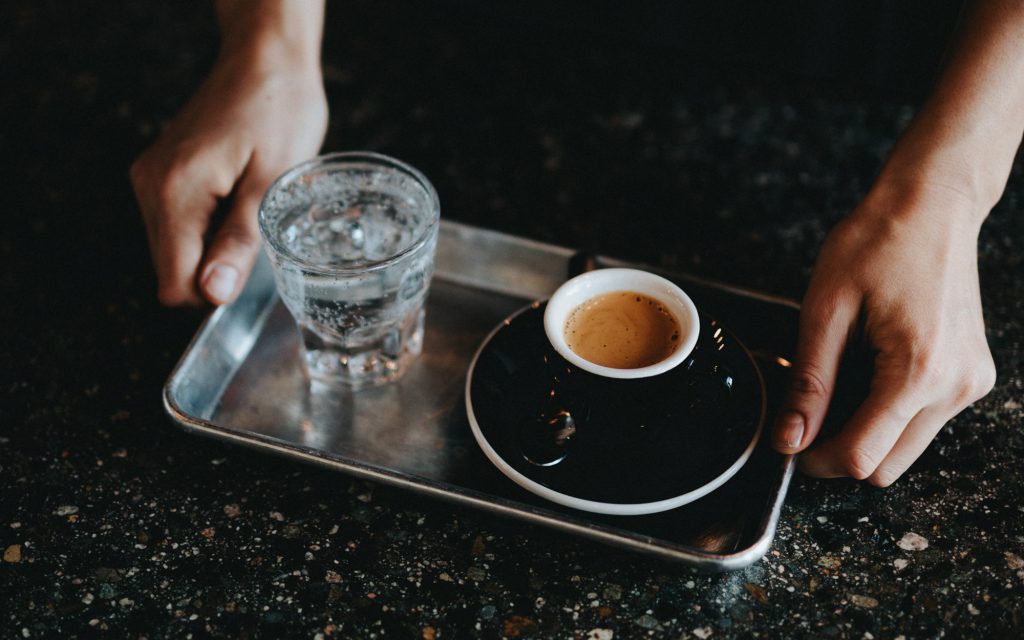
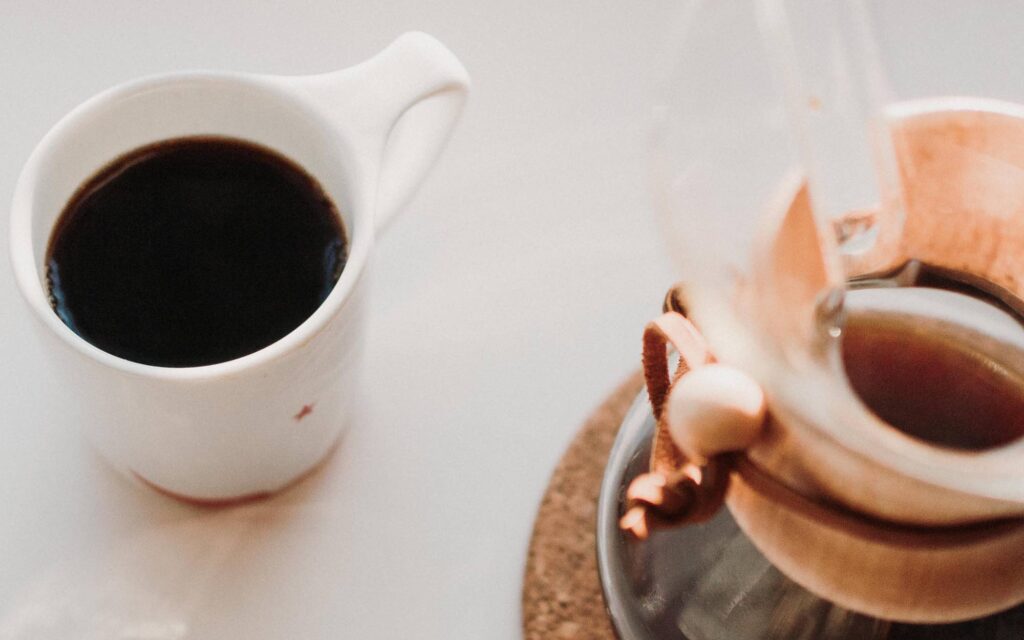
Responses